What Images The James Webb Space Telescope Will Capture Next?

NASA presented the first photographs of its next-generation James Webb Space Telescope (JWST) on July 12, 2022. The images include this stunning view of the Carina Nebula, Galaxy Cluster SMACS 0723, Stephan’s Quintet and Southern Ring Nebula. You can check the images here.
Now, the boiling question is, what’s gonna be next for James Webb Space Telescope? NASA has already released its upcoming plan for JWST. Currently the Webb telescope is working on those pictures. Today we will know about the upcoming images James Webb telescope is gonna capture.
When I am writing this, James Webb has already sent a fresh batch of pictures of Jupiter through its NIRCam and MIRI. Let’s take a look at them first.

In the above picture of Jupiter taken by JWST’s NIRCam, Jupiter and some of its moons are seen through NIRCam’s 3.23 micron filter. We can see Jupiter is overexposed and thus glowing white. Europa can be seen at the left and it’s also glowing because of overexposure of light at Webb’s detectors and it’s center is black due to the same reason.
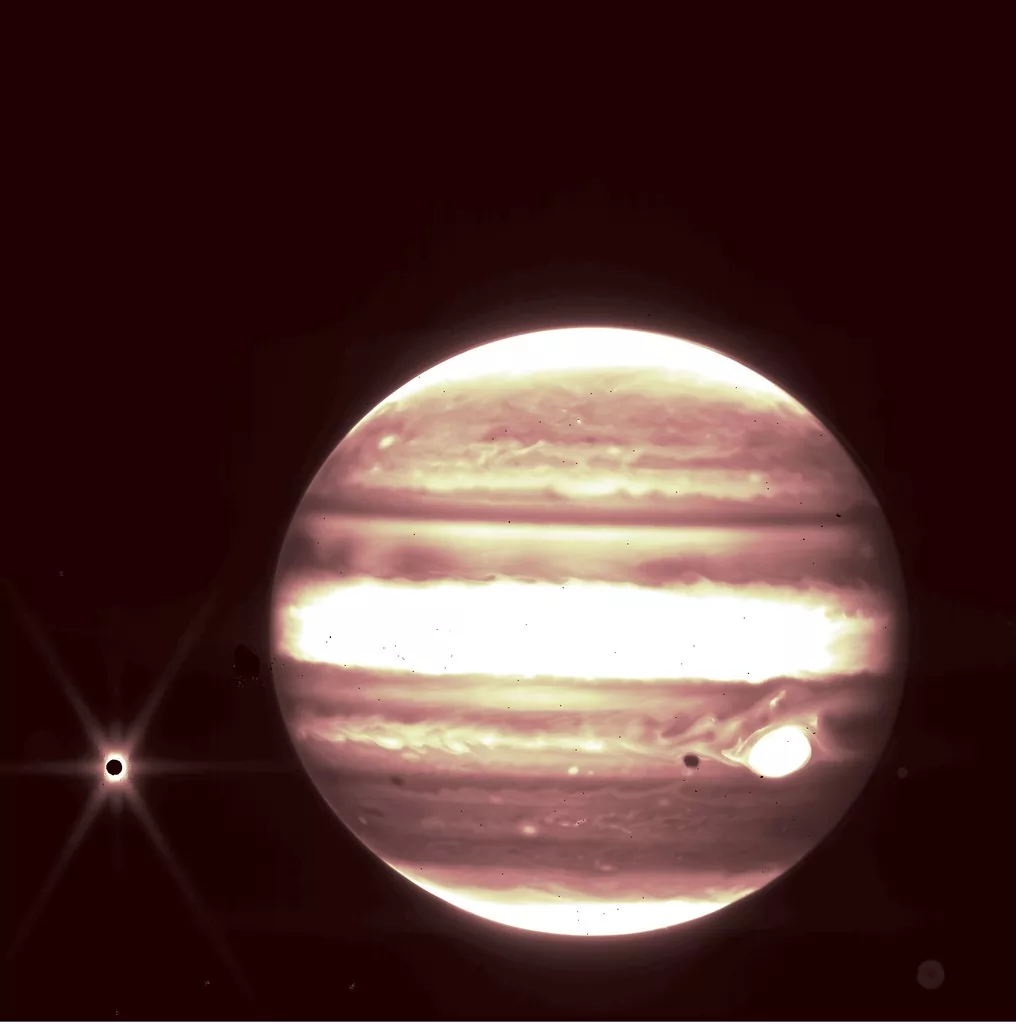
The main attraction of this image remains Jupiter, which appears to shine with bands of brilliant white, pale yellow, and deeper brownish orange. The planet is surrounded by stripes, with one particularly wide, luminous band running through its core. A third of the way down the globe, a point of dazzling brilliant white disrupts the deeper brown band. Europa appears like a small, dark circle with a dazzling starburst bursting from its borders to the left of Jupiter. The picture’s backdrop is a solid shade of black.
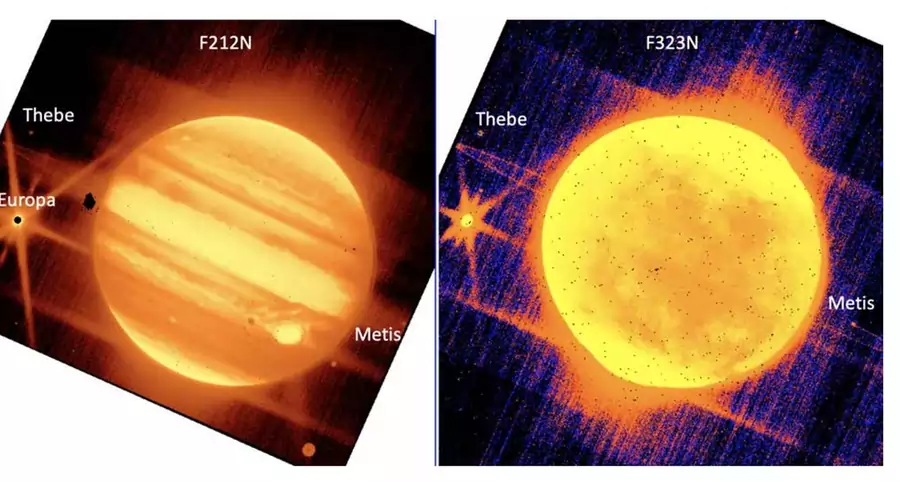
This image shows two views of Jupiter side by side, one with a dark purple backdrop that contrasts with the orange infrared light of the planet. Jupiter’s stripes and numerous moons may be seen on the left. The bands are less obvious on the right, but more of the moons are visible. All of the moons have orange spots, with the exception of Europa, whose brightness has overflowed the detectors and left a dark area in the middle.
Before observation started on July 12th, the telescope’s equipment were tested by taking pictures and spectra of many asteroids and Jupiter. The information shows Webb’s ability to follow solar system targets and provide pictures and spectra with previously unheard-of levels of detail.
During data commissioning, Webb began the moving-target tracking “speed limit” tests using the asteroid 6481 Tenzing, which is situated in the asteroid belt between Mars and Jupiter.
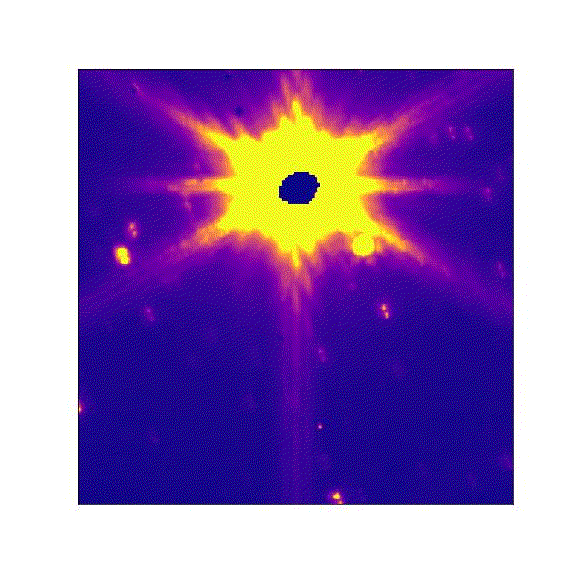
Asteroid 6481 Tenzing is captured moving against a background of stars in this series of images taken by James Webb NIRCam. Credits: NASA, ESA, CSA
James Webb Space Telescope’s Next Mission
1. Observing an Exoplanet of a Nearby Star
The Ogma, also known as star HD 149026’s top layers are exhibiting some strange activity.
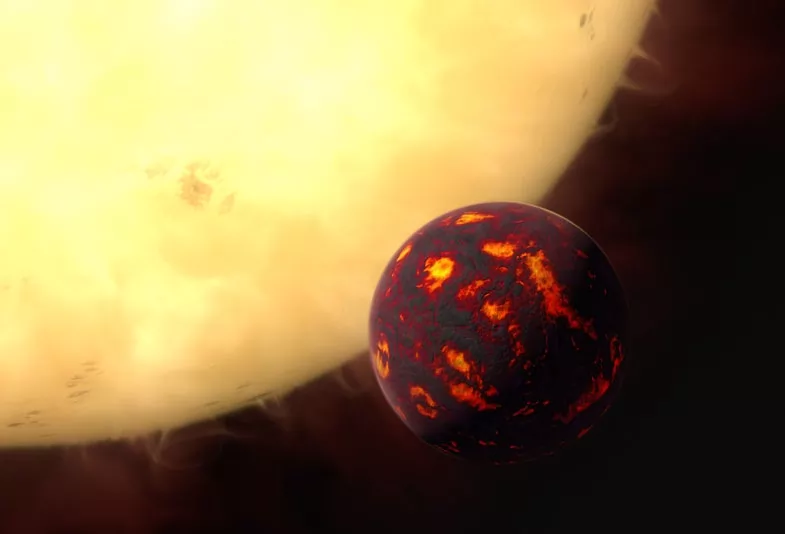
The yellow subgiant star is around half as old as our Sun, but due to its somewhat higher mass (1.3 times that of our Sun), it exhausts its internal fuel far more quickly than our younger star. Ogma has almost ran out of hydrogen while our 4.6 billion year old Sun is still fusing hydrogen atoms into helium deep inside its core. It will soon turn into a red giant like the neighbouring star Betelgeuse.
Ogma’s main elements at this point in its existence should be hydrogen and helium. However, Ogma has a higher than expected concentration of carbon and other heavy elements based on earlier studies made with other telescopes. Scientists are unsure if this is due to an anomalous event occurring within the star or if its surface has become “polluted” by heavier material that entered the star. When it watches Ogma on July 15, Webb’s NIRCam could be able to throw some light on the riddle.
Ogma’s exoplanet, HD 149026 b or Smertrios, circles its host star at a daringly near 0.042 astronomical units, or 10 times closer than Mercury’s orbit around the Sun. This gas giant is around 75 percent as broad as Jupiter but only has 36% of Jupiter’s mass. The high atmosphere of Smertrios is foggy and black, and some of those clouds may be filled with titanium gas.
2. A Supernova in The Magellanic Cloud
Early in 1987, a star in the Large Magellanic Cloud exploded in a dazzling blaze of hot gas, dust, and radiation, the last time anybody on Earth could view a supernova with our naked eyes. The remains of SN 1987A are still visible via telescopes even though their brightness has dimmed, and on July 16 Webb’s NIRCam and MIRI sensors will take a close look.
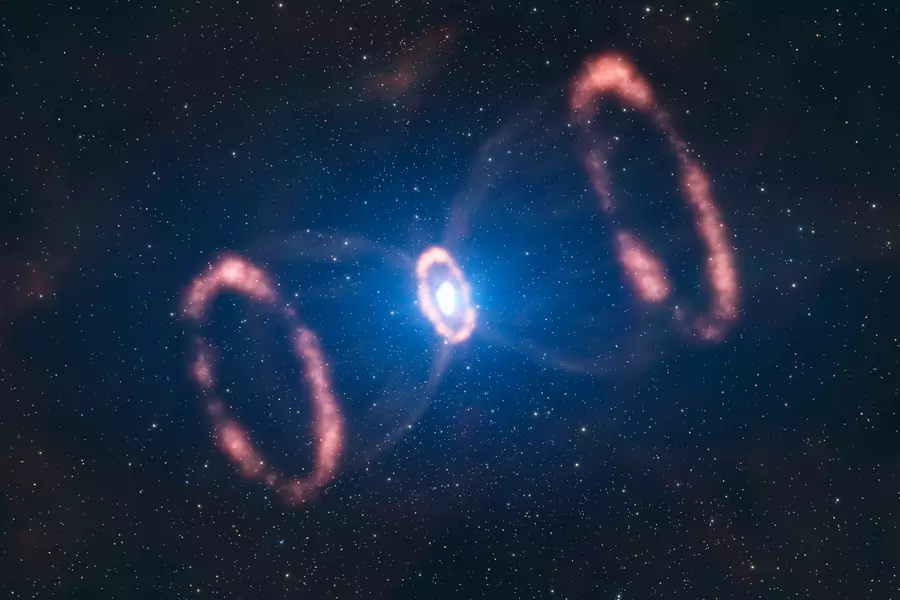
A dead star’s remnants may be found at the core of SN 1987A, which has evolved into a nebula, an expanding cloud of gas and dust in space. No matter when we get to see Webb’s pictures of SN 1987A, they’re going to be magnificent since it’s the same kind of celestial phenomenon as the Southern Ring Nebula that was shown in Webb’s initial full-color photographs.
3. A Huge Stellar Cluster NGC 346
The type OB stars are hot blue-white stars that are 2 to 16 times more massive than our Sun and have surface temperatures as high as 30,000 Kelvin. They are the brightest, most massive, and rarest stars in the galaxy. Due to their immense size and short lifespan, these stars are extremely uncommon. However, they also frequently organise into groups known as OB associations.
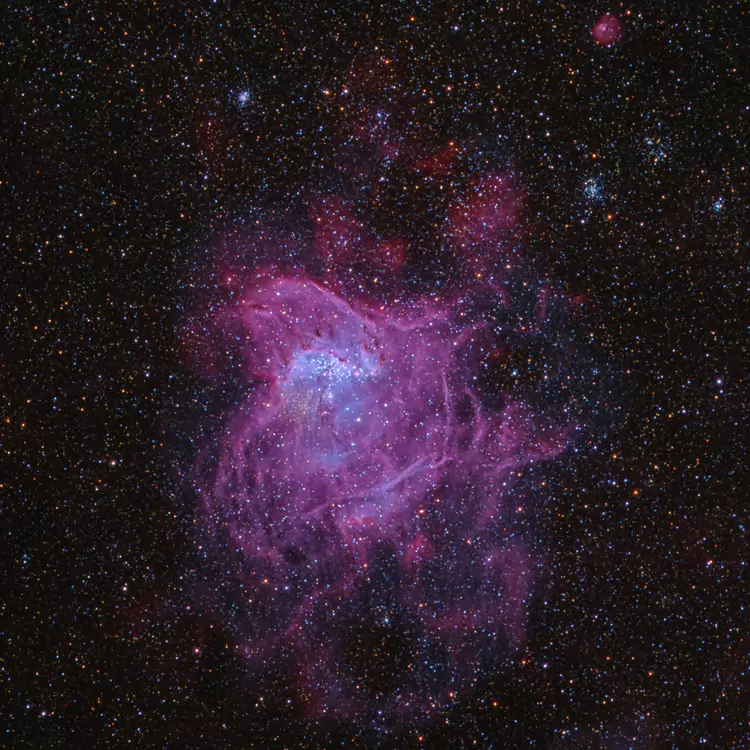
On July 16, Webb will direct its NIRCam and MIRI sensors at the neighbouring Small Magellanic Cloud star cluster NGC 346, an OB association.
4. Distant and Watery Galaxy SPT0311
On July 17, Webb’s MIRI instrument will study this ancient galaxy and look for signs of the universe’s first known water. In addition to creating photos of SPT0311, MIRI will also measure the chemical spectrum of the galaxy, or the specific light wavelengths that each of the chemicals that make up the galaxy emit and absorb. This might provide scientists with further information about the location and amount of water and carbon dioxide in the early galaxy.

One of the oldest and furthest galaxies astronomers have ever investigated, SPT0311, showed signs of water and carbon dioxide last year. This was done by the Atacama Large Millimeter Array, or ALMA, a radio observatory in Chile. We are viewing the galaxy as it appeared around 12.88 billion years ago, or roughly a billion years after the Big Bang, because it is approximately 12.88 billion light years away. SPT0311 was around 780 million years old at the time; while this is a very young age for a galaxy, it indicates that SPT0311 must have originated in the first few hundred million years of the history of our universe.
5. Spiral Galaxy Messier 74 (NGC-628)
The perfect ideal of a spiral galaxy is NGC-628, often known as Messier 74. On July 17 Webb’s MIRI and NIRCam sensors will capture the most detailed picture of this galaxy till date.
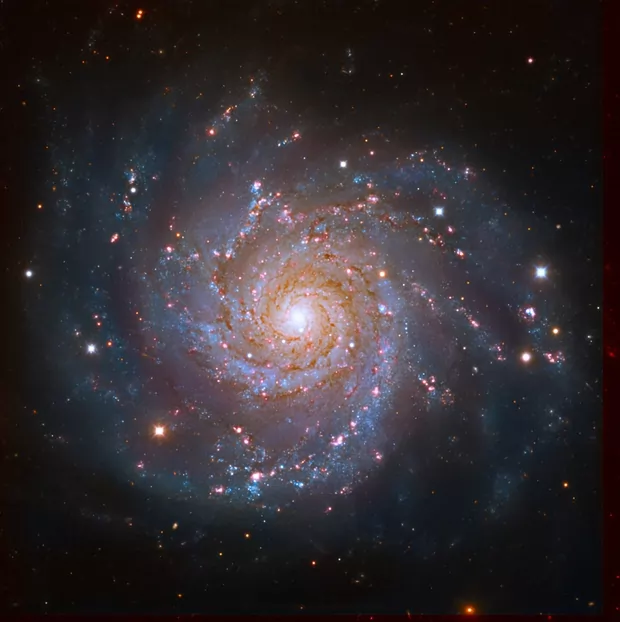
Large spiral galaxy Messier 74 belongs in the constellation Pisces, which is equatorial. 32 million light years separate it from Earth. The galaxy is regarded as the prototypical illustration of a grand design spiral galaxy since it has two distinct spiral arms.
6. Observe More Exoplanet Spectra
The next Webb image release might not contain any pictures at all: More exoplanet spectra like the one for WASP-96b that was released on Tuesday may be observed. Spectra might provide some amazing information about other worlds, while not being as aesthetically pleasing as full-color photos.

On July 11, Webb used NIRSpec to make its initial observations of the TRAPPIST-1 system, which has at least seven Earth-sized exoplanets in its habitable zone. On July 17, it will continue to observe the system for a few hours. These observations may shed light on the atmospheres of the TRAPPIST planets’ chemical composition, which may reveal signs of habitability or perhaps life.
On July 10, NIRSpec also collected data from WASP-39, which is home to at least one “hot Jupiter” gas giant. And on July 12, NIRISS captured spectra of WASP-52 and HAT-P-1, both of which are home to gas giants in extremely tight orbits.
7. Data Commissioning and Targeting Images

The commissioning data for the telescope, which is slated for release on July 14, will contain some less glamorous but still extremely intriguing photos and data while we wait to see what will be in Webb’s next full-color image release. Additionally, Webb’s crew can choose to publish photographs taken by the Fine Guidance Sensor, the telescope’s aiming camera, in the same manner as the image that established records on July 7.
So, these are the next mission of James Webb Space Telescope (JWST) for upcoming months. We will keep posting if there is any update.
